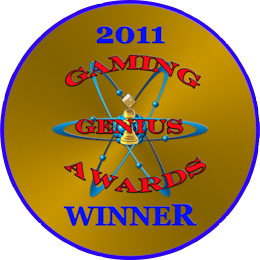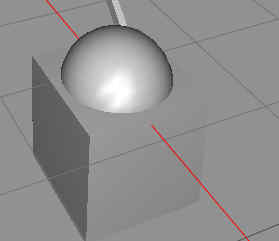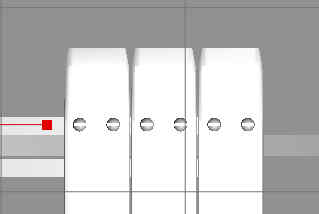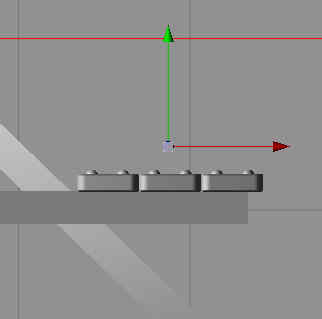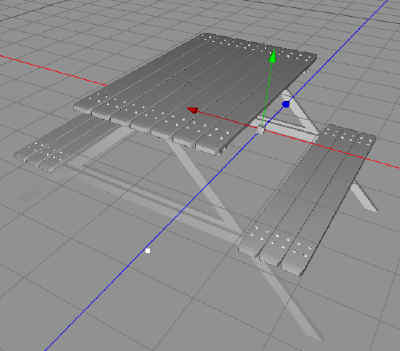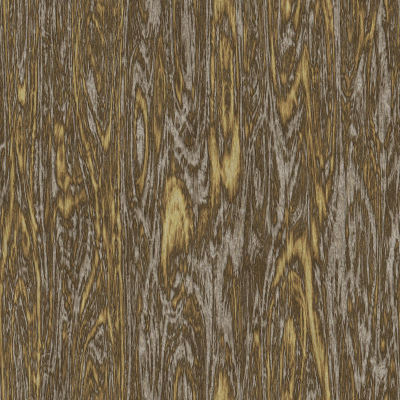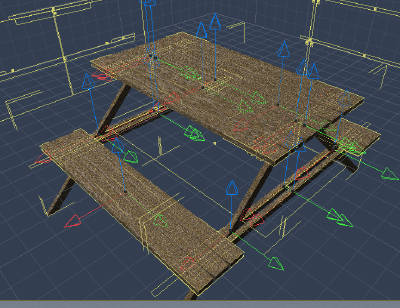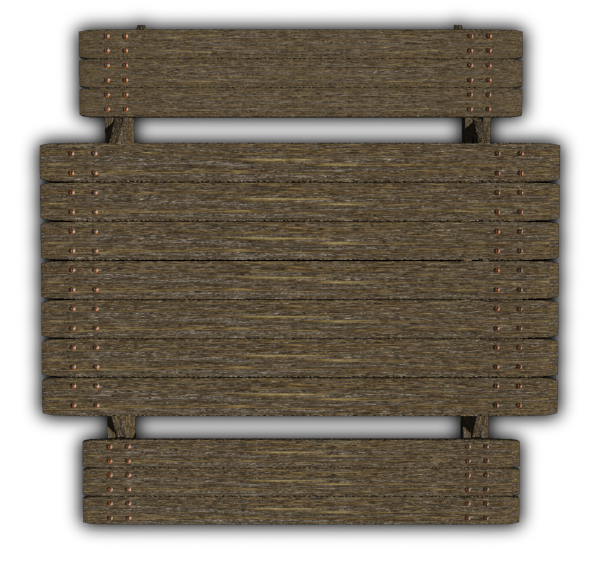We’re back with the picnic or camping table today, and today we’re gonna add some screws to keep it together. I know, but it will look much better, I promise.
So, Start up Cheetah3D again and go for it. First we create a Ball and Box, using a Boolean remove to drop away the bottom of the Ball.
Then we use another box to cut the screw for the screwdriver. We shrink the object, and then we use the Array object to make multiples of it. We align it over the seat, using the Array objects gap adjustment to make each screw sit on a plank, not in thin air.
And then we adjust the height so they are down, not too deep and not flying above.
We do the same procedure for the table. The seat screws could have been smaller I think, but I didn’t feel that when I did the model. Always a place for improvements.
Now, we have a table that won’t fall apart.
So, we need a texture, and where do we get textures? Yes you guessed right, from FilterForge. I used a filter called wood generator for this. Here is the texture map.
And here is the normal map, as Carrara 8 also supports normal maps. Now we export the model from Cheetah3D to Carrara 8, and that was much more difficult than I first thought.
First I tried obj file format, it worked, but the everything became one giant object. Then I tried the Collada (.dae) export model, which DAZ supports and Cheetah3D also is supposed to support, but Carrara 8 just hung trying to open it. I read up on Collada and from what I understand, there are several specs, 1.0, 1.1, 1.2, 1.3, 1.4 etc, and a very flexible format, so a lot of 3D programs can export to Collada, but very few can import someone else’s export. I though incompability was so 1990.
So, I reverted to .3ds, Autodesk 3D Studio format, which worked. I will dig deeper into Collada some other time.
So, here is the picnic table with textures in Collada 8.
And I rendered an image as transparent PNG, was not so hard to figure out how, and then I added some dropshadow using FilterForge.
As you can see, I did one big mistake, and that was to make one object of the planks, causing an ugly repetitive look of the texture, and that will be solved in a later episode.
Comments
Leave a Reply
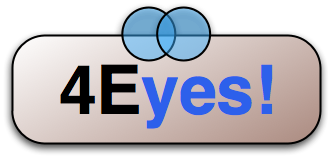 Roleplaying
Roleplaying
